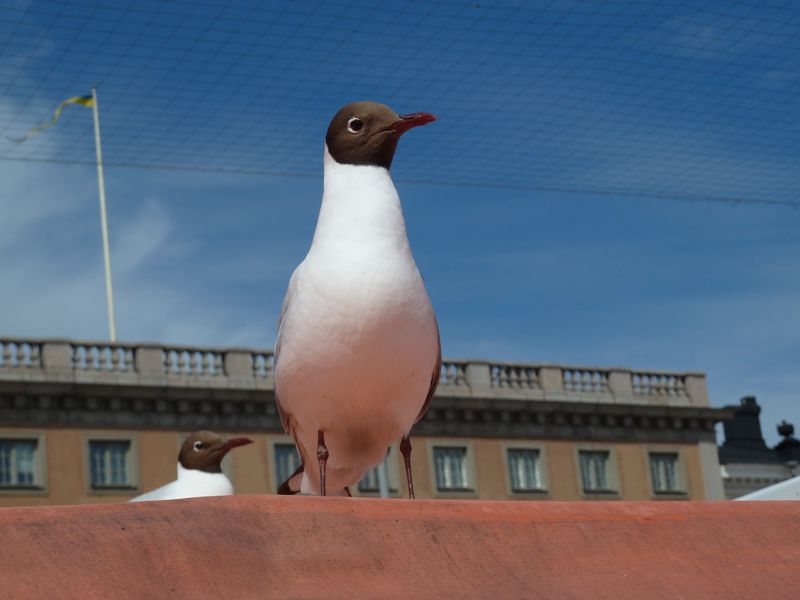Study a park!
Parts of the city

Different parts of cities and towns are used for different purposes. These areas also provide unique living environments for plants and animals.
The dense urban centres of towns and cities can be difficult environments for plant and animal life. Plant roots cannot penetrate stone or concrete, which is why they only grow in small cracks between buildings or on the side of the road. However, even city centres can be quite rich in plant life. For example, the steps of the Helsinki Cathedral are home to almost 80 different plant species!
The outskirts of the city centre contain parks. Parks are open, green areas where plants and trees are grown. They usually contain large trees, lawns and planted flowers. Parks are usually taken care of by humans, which is why they are not considered natural environments. However, they can also contain a large number of natural, diverse plant species.
Plant and animal life in cities is usually at its most diverse near residential areas that consist of detached houses. There, you can find shrubs, hedges, fruit trees, and all kinds of flowers. Residential areas provide a diverse environment for various animals, such as hedgehogs and birds.
The outskirts of cities and towns often contain areas of non-productive land. These areas are not used by humans for any specific purpose, which is why they are usually rich in plant life. In addition, the outskirts of cities can also contain natural forests, which contain all kinds of different forest plants and wild animals.
Study the parks of cities with Google Maps.
Maps of cities
Test your knowledge
- grass
- statues and benches
- pine and spruce trees
- mosses, fungi and shrubs
- many trees
- flowerbeds
Terminology
Parks and humans
Term | Explanation |
residential area | A part of a city or town used primarily for housing. |
city centre | A part of a city or town used primarily for services and compact housing. |
park | A part of a city or town where plants are grown and taken care of. |
